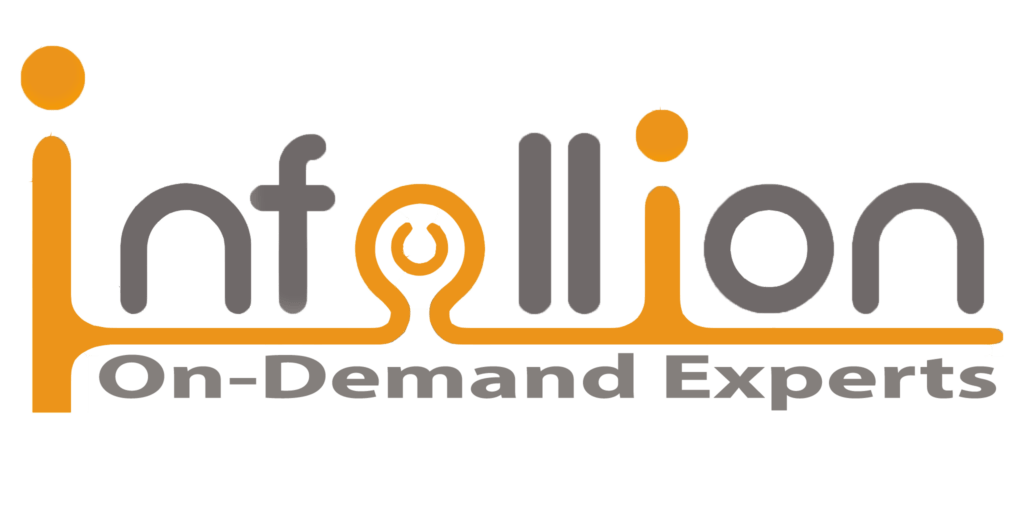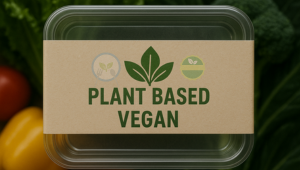Program Overview
This program equips professionals to navigate the complex regulatory landscape surrounding health and nutrition claims in food, beverage, and nutraceutical products. Participants will learn to interpret claim classifications, regulatory frameworks (FSSAI, Codex, EU, FDA), and the nuances of scientific substantiation required for credible marketing. The session also explores how misrepresentation, “health halo” effects, or weak documentation can lead to compliance breaches and reputational damage. Through case studies, claim analysis exercises, and interactive simulations, participants will learn to design truthful, evidence-backed, and consumer-trusted claims that meet both business and regulatory expectations.
Features
- Understand the regulatory frameworks governing health and nutrition claims globally and in India
- Identify and mitigate common regulatory pitfalls and compliance risks in product communication
- Evaluate real-world case studies to distinguish between compliant and misleading claims
- Develop robust, evidence-backed claims that align with business objectives and regulatory standards
Target audiences
- Regulatory Affairs professionals
- R&D professionals
- Nutrition Science professionals
- Quality Assurance professionals
- Legal/Compliance professionals
- Marketing professionals
Curriculum
- 5 Sections
- 23 Lessons
- 1 Day
Expand all sectionsCollapse all sections
- Understanding Health & Nutrition Claims — Foundations & Frameworks5
- 1.1Definition and classification: nutrient content, comparative, structure-function, and health claims
- 1.2Regulatory frameworks: FSSAI, Codex Alimentarius, EU Regulation (EC) 1924/2006, US FDA
- 1.3Claim substantiation: scientific evidence hierarchy and clinical trial data
- 1.4Role of nutrient profiling in permissible claim validation
- 1.5Case Study: High Fiber, Low Sugar, Immunity Booster
- Regulatory Pitfalls & Non-Compliance Triggers5
- 2.1Misleading and unsubstantiated claims — what regulators penalize most
- 2.2Consumer interpretation vs. regulatory intent — the gap challenge
- 2.3Cross-category risks: supplements, fortified foods, nutraceuticals, and beverages
- 2.4Enforcement case studies — FSSAI notices, ASA (UK), and FTC (US)
- 2.5Group Exercise: real product claims
- Substantiation, Risk Assessment & Documentation5
- 3.1Evidence mapping — randomized controlled trials, meta-analyses, in-vitro/in-vivo studies
- 3.2Product testing vs. ingredient-level validation — regulatory expectations
- 3.3Internal claim vetting processes: R&D, Regulatory, Legal, and Marketing collaboration
- 3.4Claim substantiation dossiers and audit readiness
- 3.5Case Study: Clinically Proven vs. Clinically Tested
- Interactive Simulation — “The Claim Challenge” Workshop3
- Future Outlook — Responsible Claims & Emerging Trends5
- 5.1Rise of plant-based, immunity, and functional claims post-pandemic
- 5.2Digital marketing & influencer-led claims: FSSAI advisory updates
- 5.3Integration with ESG, sustainability, and transparency disclosures
- 5.4Building a “compliance-by-design” culture for innovation teams
- 5.5Action Planning for claim governance frameworks






